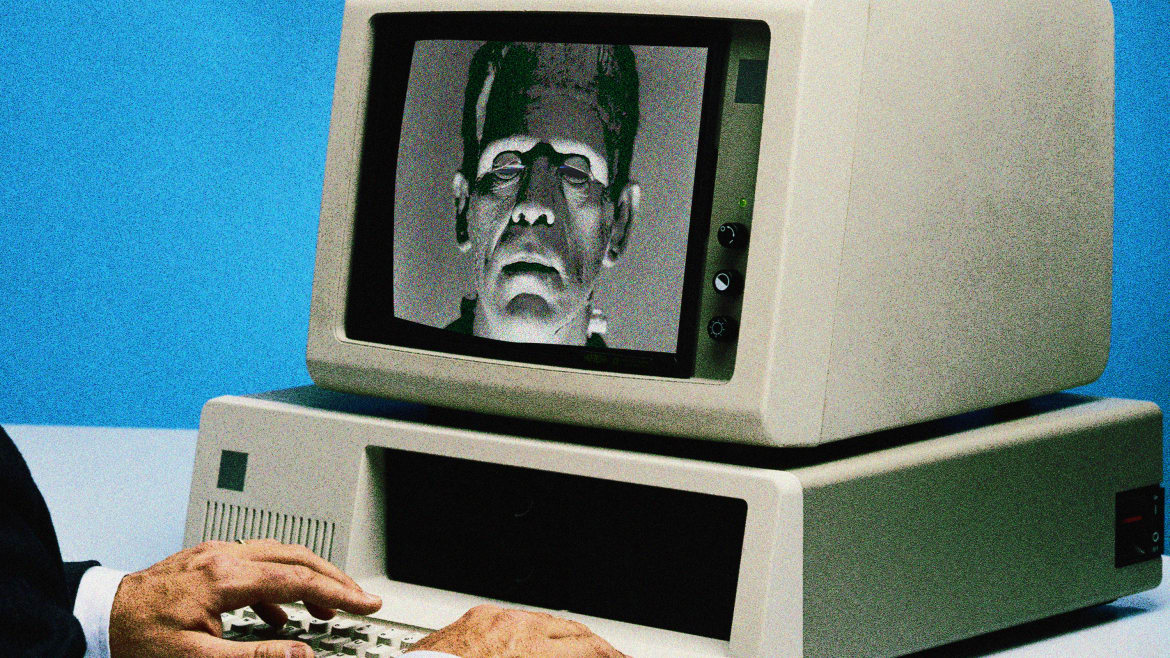Photo Illustration by Erin O’Flynn/The Daily Beast/Getty Images
In the past five years, the Techlash was centered on social media algorithms, primarily algorithmic recommendation. Now, all we talk about is Generative AI. Its potential impact has been the subject of many sensational headlines. Although this buzz feels novel, it’s simply a rehash of previous AI hype cycles.
We can trace the creation of the current hype to a Google engineer, who described Google’s text generator LaMDA as “sentient” (a statement for which he was heavily criticized). Over the summer, the hype reached new highs as image generators like DALL-E, Stable Diffusion, and MidJourney allowed people to write text prompts and get AI-generated illustrations in seconds.
Creative industries found clear utility, including advertising, marketing, gaming, architecture, fashion, graphic design, and product design. Then, came tools like Astria AI, MyHeritage’s “AI Time Machine,” or Lensa, which enabled people to create fake-looking profile pictures—using AI and their own selfies. Those products are easy-to-use, so they quickly moved from the world of early adopters and geeks to the mainstream.

